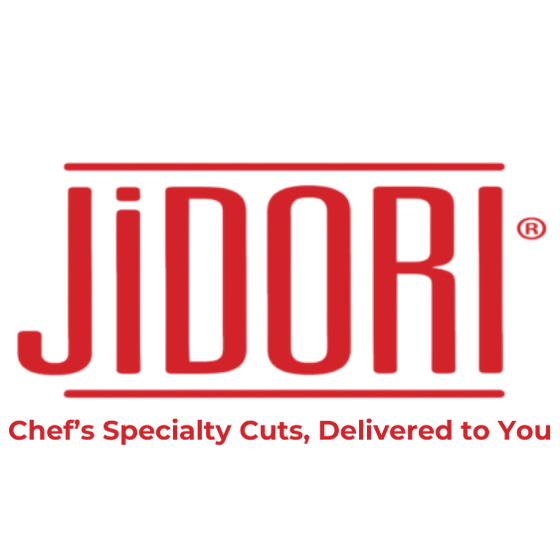If you’ve ever stood in the poultry section of a grocery store, you’ve faced a wall of labels. Words like “organic,” “free-range,” and “antibiotic-free” compete for your attention. But perhaps the most common, and most confusing, is the simple word: “Natural.”

It feels like it should mean something important. It suggests a wholesome, farm-raised product. But what are the actual standards behind that label? The answer is often less than what consumers expect. We’ll dive into what the "natural" label does—and doesn't—tell you about your chicken.
The Official Definition of Natural Chicken
According to the U.S. Department of Agriculture (USDA), the term “natural” on a chicken label signifies only two things:
-
The product contains no artificial ingredients or added colors.
-
It is minimally processed, meaning the raw product was not fundamentally altered.
That’s it. By law, the label must also include a small-print statement explaining this, such as, "no artificial ingredients; minimally processed."
What the "Natural Chicken" Label Doesn't Tell You
The official definition is surprisingly narrow. The gap between what the term implies and what it guarantees is significant. A “natural” label provides no information about how the chicken was actually raised.
A chicken labeled "natural" can be:
-
Raised in crowded factory-farm conditions.
-
Given feed containing animal by-products and GMOs.
-
Administered antibiotics throughout its life.
The “natural” claim applies only to what happens after the chicken is processed. It has no bearing on the animal’s welfare, its diet, or the use of medications during its life. This is why a package of chicken can be labeled “100% Natural” and still come from an industrial farm environment that many consumers are actively trying to avoid.
Labels with Clearer Standards

If you are looking for more specific information about how your chicken was raised, you need to look past the "natural" label and seek out terms that are tied to verifiable standards.
Here are a few to look for:
-
USDA Organic: This is a comprehensive, regulated standard. It means the chickens were fed 100% organic, non-GMO feed, were not given antibiotics, and were given access to the outdoors.
-
Antibiotic-Free (or "Raised Without Antibiotics"): This claim is straightforward. It means the animal received no antibiotics at any point.
-
Free-Range: This indicates the chickens had access to the outdoors. The amount and quality of that access can vary, but it’s a defined step up from being raised entirely indoors.
-
Humane Certified: This refers to third-party certifications (like Certified Humane® or Animal Welfare Approved) that audit farms to ensure specific standards for animal welfare are being met.
True quality in poultry is the result of specific choices made at every step, from the farm environment and feed to the way the animal is treated. While the term "natural" is legally accurate under USDA rules, it offers very little information about those choices. The most useful labels are those that provide specific, verifiable details about how the chicken was actually raised.
Transparency and quality matter to us at Jidori chicken because we know it matters to you. That’s why you’ll always see clear and easy to understand labels on each of our products. Choose from Antibiotic-Free, Non-GMO, or Organic chicken cuts and rest assured that we stand 100% behind every chicken we hand-process, package and send to our valued customers.

